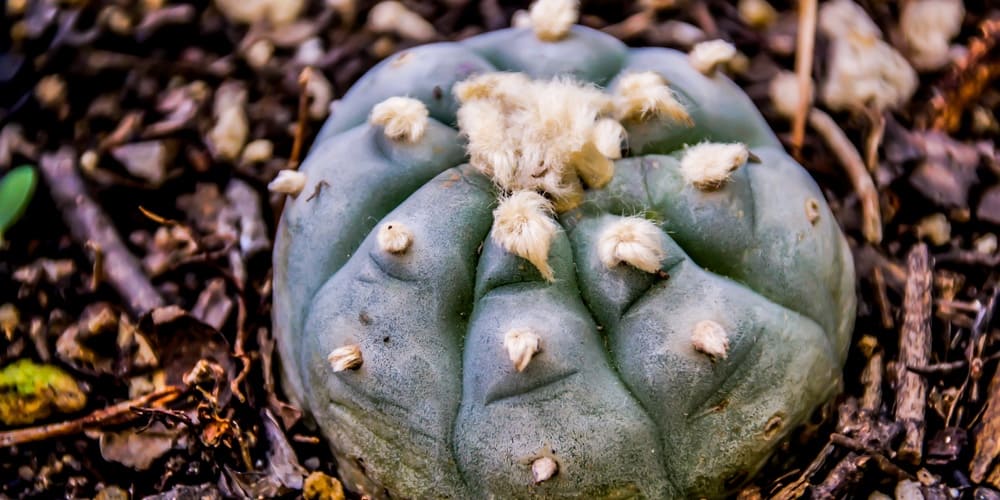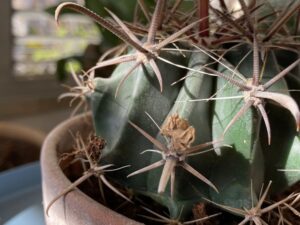Peyote, a small, spineless cactus native to the southwestern United States and northern Mexico, has garnered increasing interest in recent years, particularly due to its psychoactive properties. Its historical significance, cultural implications, and legal status pose many questions for curious readers. This article aims to elucidate the legal framework surrounding peyote, detailing its usage, cultural relevance, and the complexities of legislation.
The term “peyote” typically refers to a specific species known as Lophophora williamsii, which contains mescaline, a potent hallucinogen. While peyote has been utilized for centuries by various Indigenous peoples as a spiritual sacrament, the legal landscape encompassing it remains multifaceted and controversial.
Understanding the current legal status of peyote requires a nuanced examination of various factors, including federal and state laws, cultural exemptions, and ongoing debates around anthropological and recreational use.
Legal Landscape: Federal Regulations and State Law Variations
The legal status of peyote in the United States is chiefly governed by the Controlled Substances Act (CSA). Under federal law, peyote is classified as a Schedule I substance, denoting that it has a high potential for abuse and no accepted medical use. This designation renders the cultivation, possession, or distribution of peyote illegal for the general population.
However, an exception exists for members of certain federally recognized Native American tribes. The American Indian Religious Freedom Act (AIRFA), enacted in 1978, allows these tribes to use peyote in religious ceremonies. This exemption reflects the broader recognition of the cultural and spiritual significance of peyote to Indigenous peoples, thus granting them legal immunity to use this substance.
Despite this federal exemption, the legality of peyote varies widely across individual states. Some states, such as Texas and Arizona, have enacted laws that align with the federal exemption, allowing recognized tribes to utilize peyote freely. Conversely, other states have less clarity or do not have specific regulations addressing peyote usage, creating a patchwork of legal standards.
Cultural and Historical Context: Peyote’s Sacred Role
The profound cultural significance of peyote cannot be overstated. Indigenous peoples have incorporated this cactus into their spiritual practices for thousands of years. The psychoactive properties of peyote are often viewed as a means to access altered states of consciousness, facilitating communication with the divine and fostering a deep connection to community and culture.
The Native American Church (NAC), which emerged in the late 19th century, plays a vital role in the preservation and promotion of peyote’s sacred use. By blending traditional Indigenous beliefs with Christian elements, the NAC utilizes peyote in ceremonies aimed at healing and spiritual enlightenment. This vital intersection between culture and law underscores the importance of recognizing the rights of Indigenous peoples to practice their traditions without state interference.
Furthermore, discussions surrounding peyote often evoke broader conversations about the legal and ethical implications of substance use. Advocates for drug policy reform argue that the criminalization of peyote—especially in the context of cultural usage—reinforces colonial histories that have marginalized Indigenous communities. This dynamic raises critical questions about equity, autonomy, and justice in legal frameworks.
Recent Developments: Ongoing Challenges and Dialogues
The evolving landscape of drug legislation has spurred renewed discussions regarding the legal status of peyote. Some advocates argue for the broader legalization of peyote, positing that its psychoactive properties may offer therapeutic benefits in controlled environments. Researchers are increasingly exploring mescaline’s potential role in treating various mental health conditions, such as PTSD and anxiety disorders, thereby raising the question of whether its current classification is warranted.
Moreover, contemporary movements toward the decriminalization of psychedelics have brought increased attention to peyote. Initiatives in cities like Denver and Oakland, which sought to decriminalize not only psilocybin mushrooms but also other entheogens, indirectly influence discussions around peyote’s legality. However, proponents of these movements must tread carefully, as any legal changes around peyote must honor its spiritual and cultural relevance to Indigenous communities.
Ethical Considerations: Sacred Use vs. Recreational Use
When discussing the legality of peyote, ethical considerations must be at the forefront. The distinction between sacred and recreational use of peyote invites ethical dilemmas, particularly when considering the potential commodification of a plant that holds immense cultural and spiritual significance. The growing interest in psychedelics for recreational purposes can overshadow the deep-rooted traditions of Indigenous practices, risking exploitation and appropriation.
It is crucial for any discourse surrounding the legalization or decriminalization of peyote to prioritize the voices of Native peoples, ensuring that their rights and traditions are respected. Engagement with Indigenous communities is essential to foster collaboration and safeguard their sacred practices from exploitation by outside interests.
In summary, while peyote poses unique challenges in terms of legal status, its rich cultural significance and ethical considerations cannot be overlooked. The intricate interplay of federal and state regulations, cultural practices, and evolving drug policies creates a multifaceted discussion that requires careful navigation. To truly understand peyote’s legal standing, one must consider both the historical context and the modern conversations surrounding its use, ensuring that respect for Indigenous traditions remains at the core of the dialogue.




Leave a Comment